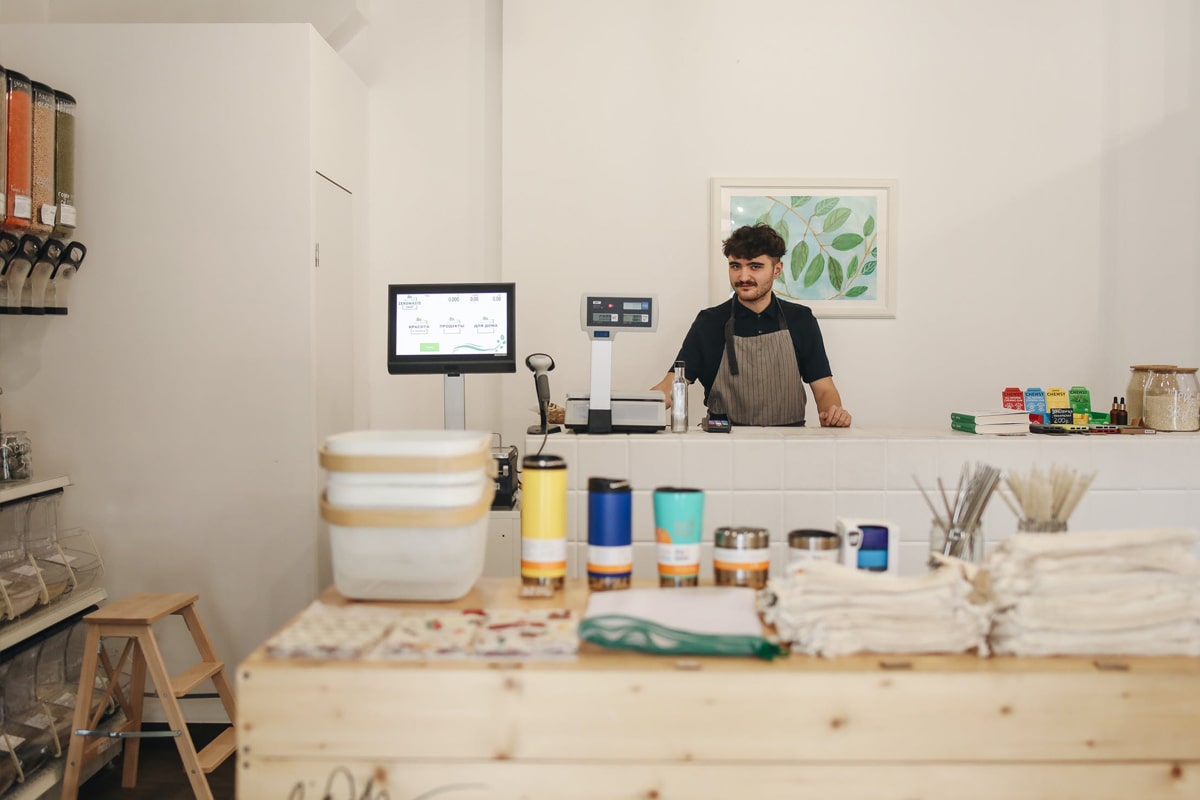- Reducing or eliminating animal products
- Avoiding factory-farmed foods
- Supporting local, regenerative agriculture
- Being mindful of food sourcing, packaging, and waste
- Oat milk in your coffee
- Veggie stir-fry instead of chicken
- Chickpea salad sandwich instead of tuna
- Tahini sauce
- Coconut curry
- Sriracha or chili crisp
- Soy-glazed tofu
- Vegan pesto
- India: Chana masala, dal, vegetable biryani
- Ethiopia: Lentil stews, injera, spiced greens
- Middle East: Falafel, hummus, baba ganoush
- Thailand: Tofu curries, veggie pad Thai
- Lentils and beans
- Tofu, tempeh, and edamame
- Quinoa and whole grains
- Nuts and seeds
- Plant-based protein powders
- Crunchy: Roasted chickpeas, kale chips
- Creamy: Avocado, cashew cream, hummus
- Sweet: Dates, banana ice cream, dark chocolate
- Savory: Mushroom tacos, miso broth, smoked tofu
Switching to a more plant-based and ethical diet is one of the most powerful actions you can take for your health, the planet, and animal welfare. But let’s be honest — for many, the idea of giving up favorite comfort foods, rich flavors, or long-standing food traditions can feel intimidating or even joyless.
The good news? Eating more plants doesn’t have to mean restriction or sacrifice. In fact, when done right, a plant-based diet can be full of flavor, satisfaction, and creativity. Whether you’re going fully vegan, reducing meat for environmental reasons, or just aiming to eat more consciously, there are ways to make the transition enjoyable and sustainable.
In this post, we’ll explore how to embrace a plant-based and ethical diet without feeling deprived — that aligns to your values and lifestyle. Discover how to make it something you look forward to every day.
What Is a Plant-Based and Ethical Diet?

First, let’s define what we’re talking about. A plant-based diet focuses primarily on foods derived from plants — including fruits, vegetables, whole grains, legumes, nuts, seeds, and plant-based oils. An ethical diet often goes a step further by prioritizing environmental sustainability, animal welfare, and fair labor practices.
This can include:
Why People Feel Deprived (And How to Fix It)
People often associate plant-based eating with what’s being taken away — meat, cheese, eggs, indulgent desserts. But deprivation is more about mindset than ingredients. When approached with curiosity and creativity, plant-based eating can actually open up a whole new world of flavor and variety.
Common challenges — and how to overcome them:
1. “I’ll miss the taste of meat and cheese.”
Fix: Try flavorful plant-based alternatives (tempeh, seitan, jackfruit) and use umami-rich ingredients like mushrooms, soy sauce, smoked paprika, and nutritional yeast. Vegan cheeses have also come a long way — experiment until you find one you like.
2. “I won’t feel full.”
Fix: Focus on fiber-rich, protein-packed meals. Beans, lentils, tofu, quinoa, and nuts are deeply satisfying and keep you full for hours. Don’t be afraid of healthy fats like avocado and olive oil.
3. “It’s too restrictive.”
Fix: Reframe your thinking. Instead of cutting things out, think of adding new foods. Explore global cuisines (Indian, Middle Eastern, Thai) that already have amazing plant-based dishes built in.
10 Ways to Eat More Plants Without Feeling Deprived

1. Start with What You Love
Don’t give up your favorite foods — just tweak them. Love burgers? Try a hearty black bean patty. Addicted to pasta? Go for a creamy cashew Alfredo or tomato lentil ragu.
Hack: Make a list of your top 5 comfort foods and find plant-based versions to try first.
2. Make Gradual Swaps
Going 100% plant-based overnight isn’t necessary. Start small:
Sustainability tip: Even shifting 2–3 meals a week can make a huge environmental difference.
3. Load Up on Flavor
Don’t be shy with herbs, spices, sauces, and seasonings. One common mistake with plant-based meals is going too plain. Flavor is everything.
Favorites to try:
4. Explore World Cuisines
Many cultures have long-standing plant-based traditions:
These cuisines don’t feel like “substitutes” — they’re delicious in their own right.
5. Prioritize Whole Foods (But Don’t Fear Processed Ones)
While whole, minimally processed foods are the foundation of a healthy diet, don’t feel guilty about enjoying convenience or transitional foods like veggie burgers, vegan cheese, or non-dairy ice cream.
Balance is key — a kale salad and a plant-based cookie can coexist.
6. Make Your Plate Colorful
Eating the rainbow isn’t just beautiful — it’s nutritious. Each color group in fruits and vegetables brings different antioxidants and nutrients.
Try: A colorful grain bowl with sweet potato, kale, red cabbage, chickpeas, avocado, and tahini dressing.
7. Keep Protein in the Picture
Protein keeps you full and energized. Plant-based sources include:
Tip: Aim for a source of protein in every meal.
8. Satisfy Cravings Creatively
Crave salty, crunchy, creamy, or sweet? There’s a plant-based fix for everything:
9. Connect Your Choices to Your Values
Understanding why you’re making the shift helps keep motivation high. Whether it’s for animal welfare, climate change, or health, knowing your “why” can make plant-based choices more rewarding.
Bonus: Every meal becomes an act of alignment with your values.
10. Be Flexible — and Forgiving
Perfection isn’t the goal — consistency is. It’s okay to have a slice of pizza at a party or use dairy once in a while. An all-or-nothing mindset can lead to burnout.
Progress over perfection: Even a mostly plant-based diet has huge benefits.
Shifting to Plant-Based Diet

Eating more plants doesn’t mean sacrificing joy, flavor, or satisfaction. In fact, it’s often the opposite — you’ll discover new ingredients, global dishes, and a deeper connection to your food. A plant-based and ethical diet is not about deprivation; it’s about abundance, intention, and nourishment — for both you and the planet.
So, take it one meal at a time. Try new things. Be kind to yourself in the process. And remember — it’s not about being perfect. It’s about making better choices, more often.





